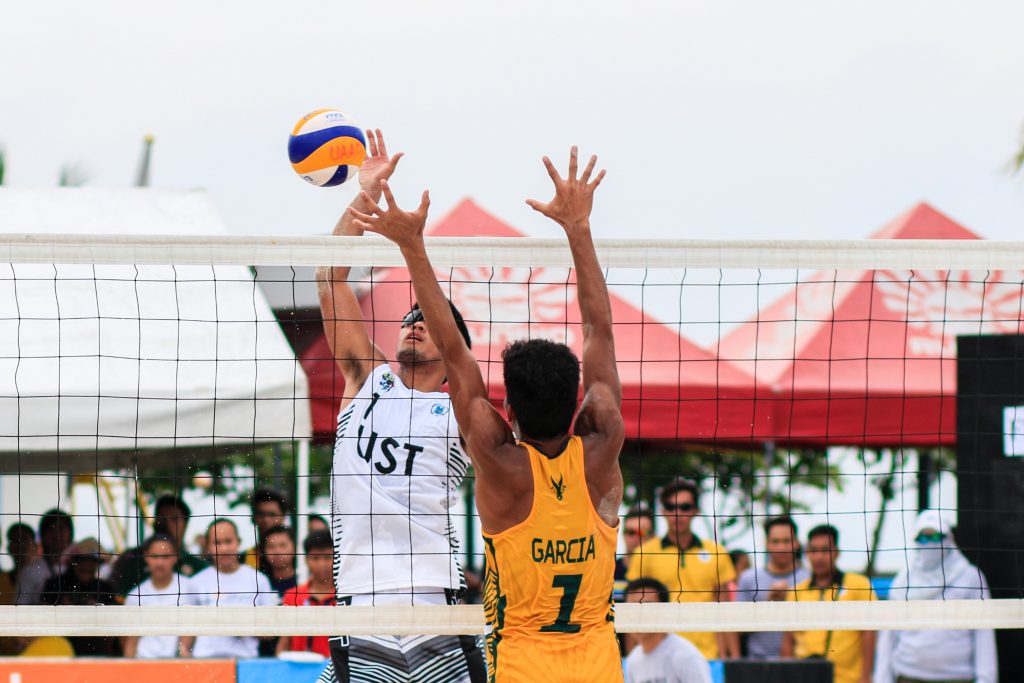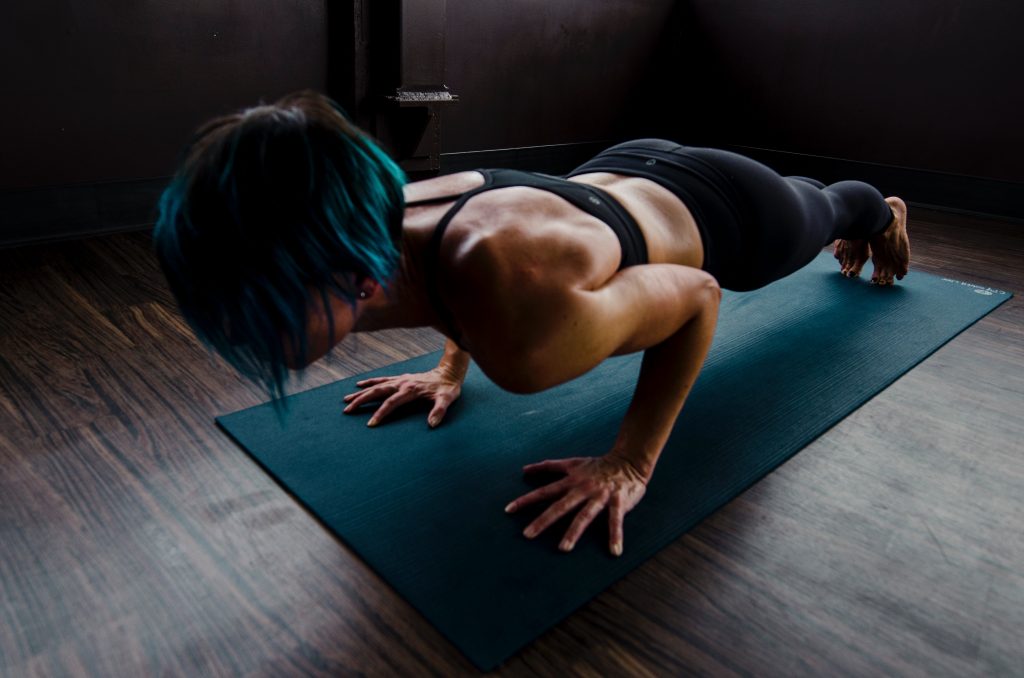As a professional and expert advisor in Motor learning and Strength and Conditioning, I recognize the vital role that physical literacy plays in the development of athletes and fitness enthusiasts. Physical literacy is a lifelong learning process that involves the acquisition and refinement of fundamental movement skills, as well as the development of a deep understanding of how to move effectively and confidently in various environments. In this article, we will explore the concept of physical literacy and its significance in the pursuit of athletic excellence and overall fitness.
Table of Contents:
I. The ABCs of Athletic Development
iI. The Fundamental Skills of Physical Literacy
III. The Relationship Between Physical Literacy, Strength & Conditioning, and Athletic Development
IV. Importance of Completing the Physical Literacy Process
V. FAQs
I. The ABCs of Athletic Development
At the core of physical literacy lie the ABCs of athletic development: Athletic Stance, Body Management, and Cardinal Planes of Movement. These three concepts form the foundation upon which athletes build their movement proficiency. The Athletic Stance refers to the optimal position of the body for stability, balance, and efficient force production. Body Management involves body awareness, spatial orientation, and the ability to control movements effectively. The Cardinal Planes of Movement encompass the three planes in which the body can move: sagittal (front to back), frontal (side to side), and transverse (rotational).
Mastering these ABCs allows athletes to develop a heightened sense of body position, movement efficiency, effort exertion, and interaction with the surrounding space. By honing these skills, athletes can enhance their performance across various sports and activities.
II. The Fundamental Skills of Physical Literacy
To truly understand physical literacy, we must explore the fundamental skills that encompass it. These skills encompass a wide range of movements and activities that are essential for developing a well-rounded physical literacy foundation. Let’s take a closer look at some of these skills:
Balance (dynamic & static): Maintaining stability and equilibrium in both stationary and moving positions.
Bending: Properly flexing the joints to perform movements such as squatting or picking up objects from the ground. Climbing: Scaling objects or ascending vertical surfaces using appropriate techniques.
Landing: Executing safe and controlled landings to absorb impact forces.
Rolling: Performing smooth and controlled rolls to protect the body during falls or acrobatic maneuvers.
Stopping: Bringing the body to a halt efficiently and safely.
Stretching: Extending the body’s muscles and joints to improve flexibility and range of motion.
Swinging: Utilizing controlled movements to generate momentum while suspended from an apparatus or object. Twisting: Rotating the body around its axis to facilitate dynamic movements.
Turning: Changing direction or orientation while in motion.
Crawling: Moving the body on hands and knees or belly, typically close to the ground.
Dodging: Evading obstacles or opponents with quick and agile movements.
Galloping: Moving forward with alternating asymmetric steps, often seen in activities such as horseback riding. Hopping: Propelling the body vertically or horizontally off one foot.
Jumping (distance/height): Propelling the body upward or forward off both feet.
Leaping: Performing powerful and explosive jumps using one leg at a time.
Running: Moving swiftly on foot with a coordinated sequence of strides.
Skipping: A rhythmic and dynamic gait involving a combination of hops and steps.
Swimming: Efficiently propelling the body through water using various strokes.
Walking: Moving at a moderate pace on foot with a coordinated gait.
Bouncing: Executing controlled and repetitive movements that involve rebounding from a surface or object.
Catching: Intercepting and securely grasping an object that is propelled toward the body.
Dribbling (feet/hands): Controlling and manipulating a ball or object using a combination of kicks or bounces (feet) or taps (hands).
Throwing: Propelling an object through the air using the arms and upper body.
Kicking: Striking an object with the foot to generate propulsion or accuracy.
Striking: Making contact with an object using a hand, foot, or specialized equipment.
These fundamental skills are the building blocks of physical literacy, and each contributes to an individual’s overall movement repertoire. By practicing and mastering these skills, athletes and fitness enthusiasts can develop a solid physical literacy foundation that serves as a springboard for future athletic endeavors.

III. The Relationship Between Physical Literacy, Strength & Conditioning, and Athletic Development
While physical literacy, strength and conditioning, and athletic development are interconnected, it is important to recognize their distinct roles. Strength and conditioning programs play a crucial role in supporting physical literacy and athletic development by enhancing physical capabilities such as strength, power, endurance, and agility. These programs provide athletes with the physical tools necessary to excel in their chosen sports or fitness pursuits.
On the other hand, physical literacy encompasses a broader scope, focusing on the acquisition of movement skills, body awareness, and movement efficiency across various environments and activities. It serves as the foundation upon which strength and conditioning programs can be built. Physical literacy provides athletes with the necessary movement literacy and adaptability to engage in a wide range of physical activities, while strength and conditioning programs optimize their physical attributes for improved performance.
It is worth noting that while physical literacy can contribute to strength and conditioning, and vice versa, they are not mutually exclusive. An individual may possess a high level of strength and conditioning but lack the movement proficiency and adaptability associated with physical literacy. Similarly, someone who has developed solid physical literacy may not possess the physical attributes typically associated with strength and conditioning. Therefore, a comprehensive approach that integrates both physical literacy and strength and conditioning is crucial for optimal athletic development.
IV. Importance of Completing the Physical Literacy Process
Completing the physical literacy process is essential for athletes and fitness enthusiasts of all ages. A solid physical literacy foundation not only enhances athletic performance but also promotes a lifelong commitment to health and physical activity. By developing a wide range of movement skills, individuals can engage in various sports, activities, and recreational pursuits with confidence and competence.
Physical literacy also plays a vital role in injury prevention. When individuals possess a deep understanding of their bodies and movement mechanics, they are better equipped to identify and correct movement imbalances or compensations that may increase the risk of injury. Moreover, physical literacy allows individuals to adapt and respond effectively to the ever-changing demands of different sports and physical environments.
In conclusion, physical literacy is a foundational element in the development of athletes and fitness enthusiasts. By mastering the fundamental skills and concepts associated with physical literacy, individuals can enhance their movement proficiency, performance, and overall well-being. Integrating physical literacy with strength and conditioning programs creates a comprehensive approach that optimizes both movement proficiency and physical attributes. Embrace the journey of physical literacy and unlock your full potential in the world of sports and fitness.
V. FAQs
Q1: What is physical literacy, and why is it important for athletes?
Physical literacy refers to the ability to move with competence, confidence, and understanding in a wide range of physical activities and environments. It involves the acquisition and development of fundamental movement skills, body awareness, and movement efficiency. Physical literacy is crucial for athletes because it provides them with a solid foundation for athletic development. It enhances their movement proficiency, adaptability, and overall performance across various sports and activities.
Q2: Can strength and conditioning programs enhance physical literacy?
While strength and conditioning programs primarily focus on improving physical attributes such as strength, power, and endurance, they can indirectly contribute to physical literacy. By developing physical capabilities, athletes can perform movements with greater efficiency and effectiveness, thus enhancing their overall movement literacy. Additionally, strength and conditioning programs often incorporate functional movements and exercises that promote body awareness, coordination, and movement quality, which are integral components of physical literacy.
Q3: Is physical literacy only relevant for young individuals?
No, physical literacy is relevant for individuals of all ages. While it is commonly emphasized during childhood and adolescence, the development of physical literacy can continue throughout adulthood. Engaging in physical activities, learning new movement skills, and maintaining body awareness are beneficial for individuals at any stage of life. Physical literacy allows individuals to participate in a wide range of activities, promotes active and healthy lifestyles, and helps prevent injuries.
Q4: How can physical literacy contribute to injury prevention?
Physical literacy plays a significant role in injury prevention. By developing body awareness and movement proficiency, individuals can identify and correct movement imbalances or compensations that may increase the risk of injury. Physical literacy enables individuals to move efficiently and effectively, reducing the likelihood of falls, collisions, and overuse injuries. Moreover, possessing a wide range of movement skills allows individuals to adapt and respond appropriately to the demands of different sports and physical environments, further minimizing the risk of injury.
Q5: Are there specific exercises or activities that can improve physical literacy?
There are numerous exercises and activities that can enhance physical literacy. It is essential to engage in a variety of movements that challenge different skills and movement patterns. Some examples include balance exercises (e.g., single-leg stands, yoga poses), agility drills (e.g., ladder drills, cone drills), coordination exercises (e.g., jumping rope, hand-eye coordination drills), and multi-directional movements (e.g., lateral shuffles, diagonal lunges). Participating in diverse sports, recreational activities, and structured physical education programs also contributes to the development of physical literacy by exposing individuals to a wide range of movements and environments.




0 Comments